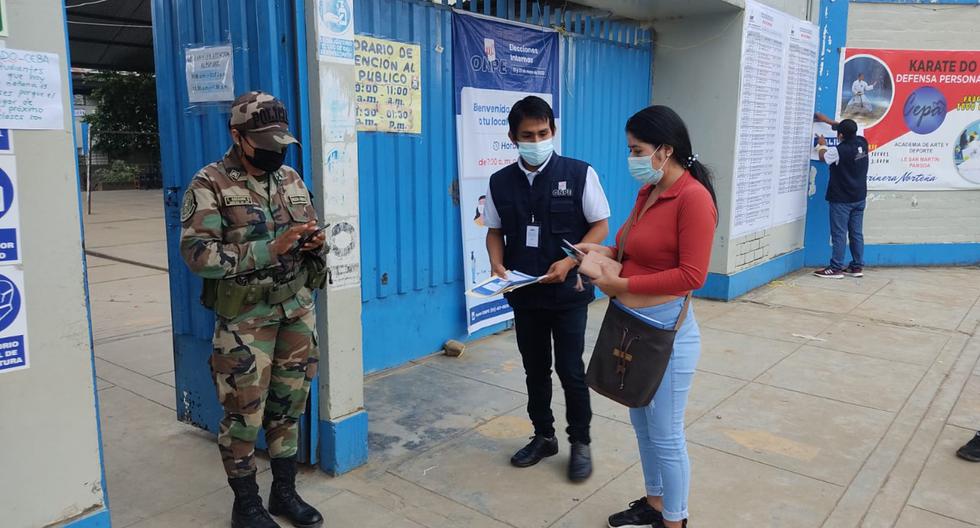Thanks to the enormous reserves in the Southern Cone, Latin America is emerging as a world power in the strategic oil industry. lithiumthe call “White gold“, essential in the manufacture of batteries for electric vehicles and various electronic devices, in addition to its use in the nuclear industry.
With 56% of world reserves concentrated in Chile, Argentina and Bolivia, the region is emerging as the spearhead of a market where in the last year there has been a notable increase in the price of the mineral, which went from 9,000 dollars per ton to 75,000 dollars.
Although the interest in its exploitation is common, there are differences regarding the extraction model. Bolivia and Mexico consider the lithium as a mineral of public utility that must be exploited by the State, while Chile and Argentina allow the participation of the private sector. And all this, in parallel with the recent creation of the Latin American Chamber of Lithiumwhich seeks to strengthen market transparency.
This body, set up this week in Buenos Aires, already has representation from ArgentinaChile and Peru, and its goal is to expand its presence to Bolivia, Mexico and Brazil.
And in this line of progress, last month the President of Mexico, Andrés Manuel López Obrador, proposed a summit of producing countries in order to share experiences on the lithium.
The initiative arose shortly after his Government promulgated a reform of the mining law that considers the lithium a mineral of public utility whose exploitation is the exclusive power of the State, a model similar to that of Bolivia.
The president of the Latin American Chamber of Lithiumthe Argentine Pablo Rutigliano, explains to Efe that the body has been created “to develop the process of setting prices and promoting the development of a market for lithium“.
The mining multinationals and some governments, this expert points out, do not consider the lithium as a “commodity”, but rather establish “minimum reference prices” that prevent the market from setting prices freely.
Regional production is led by Bolivia, Chile and Argentinathe so-called “triangle of lithium“, which according to the United States Geological Survey concentrates 55.9% of the world’s resources.
If those of Mexico, Peru and Brazil are added, Latin America accounts for 59.3% of global resources, equivalent to 52.8 million tons. Meanwhile, the region’s reserves represent 52.2% of the world.
Argentinawith about 40 projects
Argentinathe fourth world producer (behind Australia, Chile and China) and the third in reserves (behind Chile and Australia), has 38 projects lithiumtwo of which are in production, six under construction, two in the feasibility stage, three in pre-feasibility, five in preliminary economic evaluation and twenty in advanced exploration stage.
The national director of Promotion and Mining Economy of ArgentinaJorge González, tells Efe that the Government “has taken various steps to promote” investments, including two decrees in 2021, which “generated confidence in investors regarding access to foreign currency to honor debt commitments.”
Currently, in the mining lithium Argentina companies with American, Australian, Canadian, Chinese, South Korean, Japanese and Argentine capital, among others, operate.
“The legal frameworks and development characteristics of each country are very different (…) the initial kick for bilateral and regional cooperation in the lithium it would be rather technological-scientific, that allows each of the interested parties to advance in the policies that they are designing”, considers the Argentine representative regarding whether the exploitation should be state or private.
“Having not taken any definition of nationalizing, nationalizing or declaring the lithium a strategic resource Argentina today has an investment flow of between 4,500 and 5,000 million dollars in a portfolio of projects that other countries do not have,” the president of the Chamber Argentina of Mining Entrepreneurs, Franco Mignacco.
Chile, thinking about nationalization
In Chile, which has 30% of world production, it has been the private investments of the Chilean SQM and the American Albemarle that have been in charge of extracting this mineral. However, the idea of nationalizing its exploitation is gaining more and more strength, Marcos Flores, a physicist at the University of Chile, told Efe.
The convention that is drafting the new Constitution gave the green light to an article that determines that “the State has absolute and exclusive control over all the mines in the country”, while the Government of Gabriel Boric is in favor of creating a state company that manages this ore.
Regardless of the private or public exploitation regime, Flores considers it necessary for the State to promote a new approach to economic development beyond extraction.
various models
The production of lithium In Bolivia, a country that has more than 21 million tons of the mineral, is going through a stage in which the Government is seeking the application of new technologies for the direct extraction of the mineral through a model that replaces the evaporation pools, in which the The process can take up to eleven months.
Meanwhile, exploitation in Brazil, concentrated in the state of Minas Gerais, is carried out by small and medium-sized companies. The oldest firm that plays a key role in this industry is the Brazilian Company of Lithiumwhich exploits the Cachoeira deposit and has a production capacity of 30,000 tons per year.
For its part, in Peru, the company Macusani Yellowcake, of the Canadian company Plateau Energy Metals, has postponed until 2023 the start of the exploitation of lithium in a deposit in the Puno region, where it is estimated that production will reach 60,000 tons during the first three years.
The reservations of lithium in Puno they are calculated at 2.5 million tons, but the mineral is associated with uranium, which makes it difficult to exploit, since it is necessary to extract it with caution to avoid environmental contamination.
















